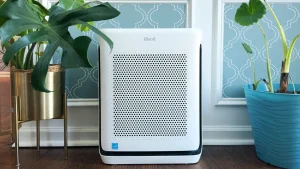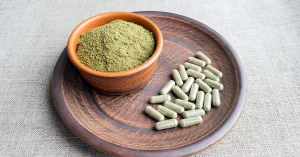
Planters and pots are essential components of any garden because they not only add aesthetic appeal but also provide a space in which to care for your plants. It’s important to choose the right material for your pots and planters because it affects your plants’ health and appearance. Plant pots come in a variety of sizes, materials, and designs, allowing you to showcase your indoor plants beautifully. In this article, we will investigate a few famous materials utilized for pots and grower and their extraordinary advantages.
Earthenware is an exemplary decision for pots and grower, described by its regular rosy earthy colored tone. Because it is porous, water and air can get into the soil, preventing root rot and encouraging healthy plant growth. Terracotta is well-known for its excellent insulation properties, which shield plants from temperature swings. Furthermore, its rural appeal and immortal allure go with it a famous decision for both customary and contemporary nursery plans.
Ceramic pots and grower are valued for their adaptability and tasteful allure. Ceramic planters, which come in a variety of colors, shapes, and sizes, add a touch of class to any garden setting. They are frequently glazed, creating a barrier that keeps moisture in the soil and keeps it from drying out too quickly. Ceramic pots are stable and less likely to tip over in windy conditions because they are relatively heavy.

Metal planters and pots, like those made of iron or aluminum, give gardens a modern and industrial look. They are known for their solidarity and strength, guaranteeing life span even in cruel weather patterns. Metal containers are good for plants that like warmer soil temperatures because they can hold heat and have good drainage. Metal planters come in a variety of finishes, including polished and rusted options, making them useful for designing gardens.
Plastic pots and grower are generally utilized because of their moderateness and lightweight nature. They are accessible in various varieties and plans, considering imagination in garden style. Because plastic containers hold moisture well, they don’t need to be watered as often. In addition, they are extremely portable and resistant to breakage. However, it is essential to keep in mind that plastic containers can deteriorate over time when exposed to direct sunlight and may not provide certain plants with the optimal amount of ventilation. Plant pots come in various shapes, sizes, and materials, providing a versatile and decorative solution for nurturing plants indoors or outdoors.





